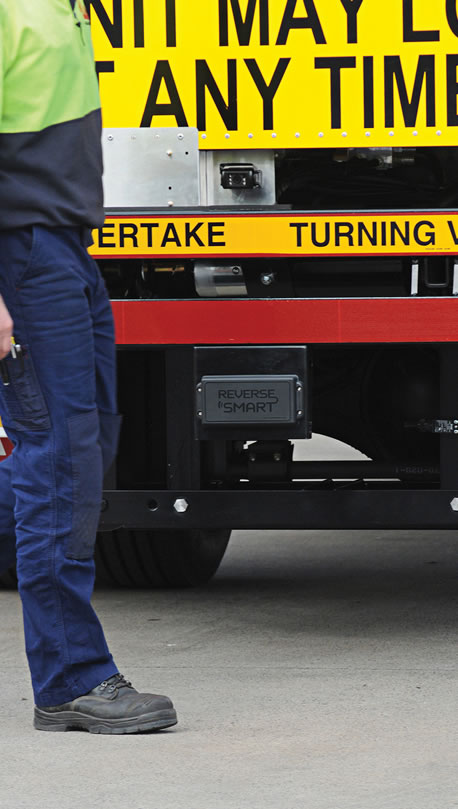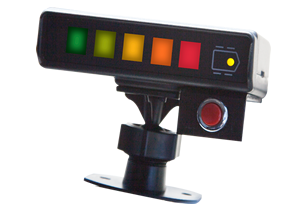Why the Need for Heavy Vehicle AEB Devices?
The prevention of workplace accidents caused by heavy vehicles is a major concern for any commercial organization.
To this end many efforts have been made over the years to reduce the risk involved with heavy vehicle movements around workers & the workplace, with particular attention given to reversing manoeuvres.
Some of the controls that have contributed to improved safety include:
- Implementation of Separate Vehicle & Pedestrian Zones
- Reversing Sensors & Cameras
- External Audible Reversing Beepers
- Flashing Lights
Investigations into the issue of reversing vehicle safety have found that whilst reversing sensors and cameras provide an additional measure of driver awareness, these systems have proven not to be the complete answer to the problem.
One Government Health and Safety advisor recently said:
“Fatalities and serious injuries due to reversing plant and vehicles have been identified as currently the highest safety risk on road construction works. It is evident around the world that the traditional controls of reversing alarms and flashing lights are not entirely effective because they are usually present when the incidents occur and any control which relies significantly on administrative or behavioural controls are the lowest in the hierarchy of controls. ”

Whilst nothing will ever replace the need for driver vigilance and duty of care, the Reverse Smart Braking System does provide a quantum leap forward in the fight to prevent reversing accidents and dramatically increase safety in heavy vehicle reversing situations.
The main reason for this being that Reverse Smart utilises an engineering control to automate the braking process, in environments where the vehicles operator can be distracted by many external and conflicting stimulus.
The Reverse Smart system is available to be fitted to Trucks, Buses, Mobile Plant and Equipment. Applications of the system include the Mining, Construction, Warehousing, Manufacturing, Transport and many more industries.
